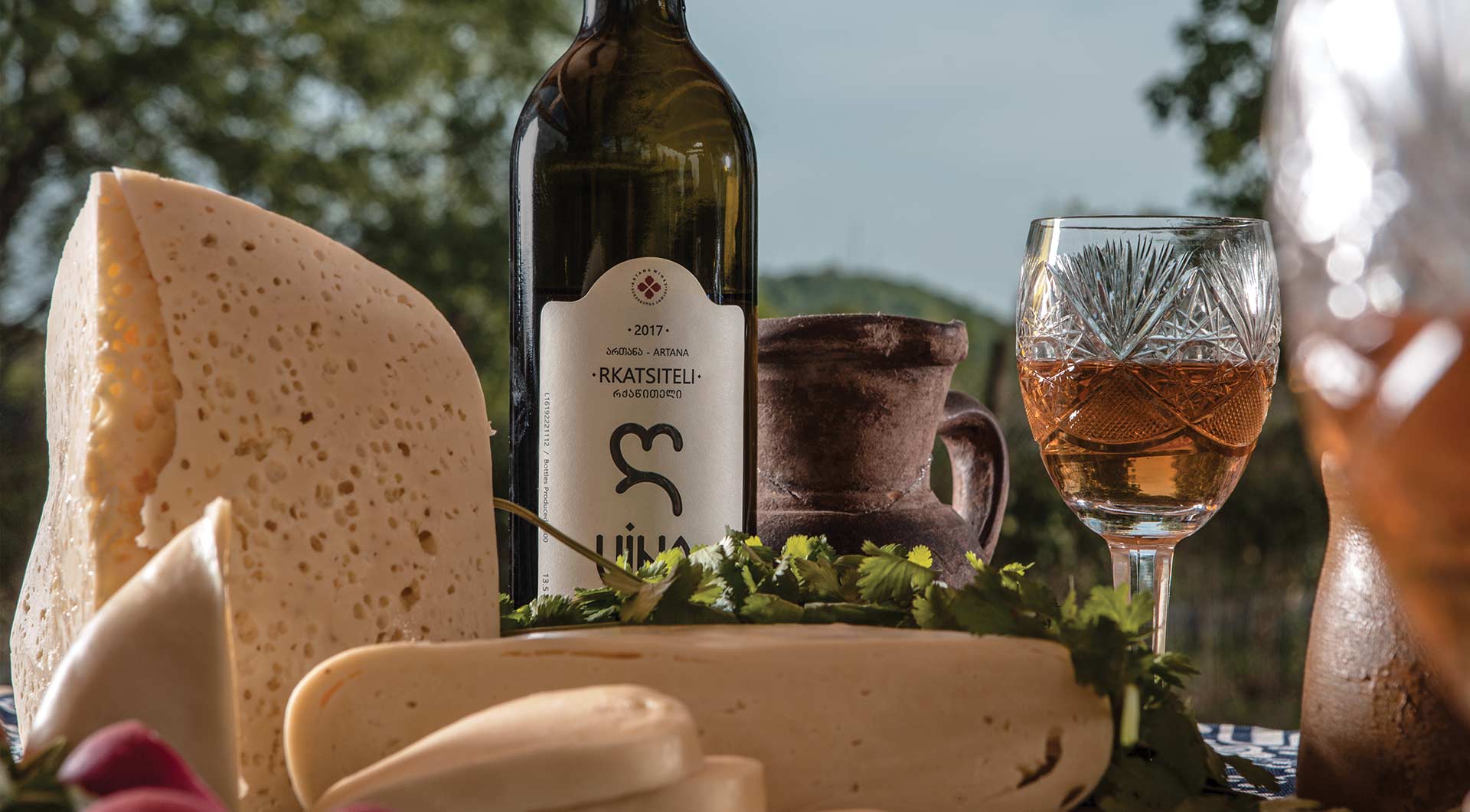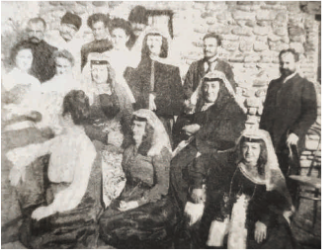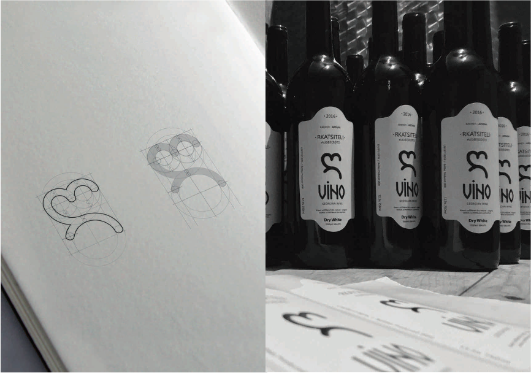Artana Wines
Young ღvinomakers Anastasia and Mariam, inherited their Vineyard from their Parents a couple of years ago. Since 2015, they have been growing Natural Grapes, making Natural Raw Wine and other Organic Alcoholic Drinks.

Young ღvinomakers Anastasia and Mariam, inherited their Vineyard from their Parents a couple of years ago. Since 2015, they have been growing Natural Grapes, making Natural Raw Wine and other Organic Alcoholic Drinks.

Young ღvinomakers Anastasia and Mariam, inherited their Vineyard from their Parents a couple of years ago. Since 2015, they have been growing Natural Grapes, making Natural Raw Wine and other Organic Alcoholic Drinks.

This exclusive method of Winemaking which produces this amber orange wine undergoes both an extended fermentation and maturation in the Qvevri. When made entirely according to the old tradition, whole bunches of grapes including the stalks are run into a ‘Satsnakheli’ or wooden trough typically carved from a single piece of wood.
The basic technological process of making Qvevri Wine consists of pressing the grapes in the satsnakheli (wine press) and pouring the ‘must ‘and ‘chacha' (grape Skins, stalks and pips) into a Qvevri for the alcoholic fermentation. As the fermentation progresses, the mixture is stirred 4-5 times daily, which may last anywhere from 20-40 days, depending on the variety and quality of the vintage. Once the fermentation is completed and the cap starts to sink, the filled Qvevri will be capped with stone or glass lids for malolactic fermentation. The lids are then sealed hermetically with limestone clay or earth, and left in the ground until spring which is typically in late March or early April.
The wine is then separated from the Chacha and run off into yet another Qvevri for a further year of ageing. This process is similar for red grapes, but the period of skin maceration is shorter, usually one month, rather than four to six months. Qvevri produced wines have a firm tannic texture across the palate with whites developing aromas of apricots, orange peel and nuts while the reds become slightly meatier, with a chalkier texture. This extended maceration throughout the spring is also known as the eastern or Kakhetian style of winemaking, because it is associated with Kakheti, the eastern province of Georgia which is the source of 70% of all Georgian winemaking. Various different Qvevri winemaking methods are defined by factors such as soil or climatic conditions with a rich variety of endemic vines and differences between micro-zones.
The reputation of the ancient tradition of Qvevri winemaking has achieved proof of its cultural significance from UNESCO by gaining the recognition for achieving the status of being a National Monument of Intangible Cultural Heritage.


Dimitri (Tito) Rcheulishvili`s name is associated with introducing several foreign varieties of vines, including Cabernet, to Georgia.
Dimitri Rchulishvili was a successful engineer, who worked on projecting and building railway roads in Manchuria and eastern Russia. Soon after its completion, the railroad was tested by Emperor Nicholas II of Russia. He was so satisfied with the done work that awarded Dimitri with a significant amount of gold. The descendants of Rcheulishvili keep an old chest, with which he sent the gold home to his beloved wife, Sasha Javakhishvili.
After returning to the homeland, Dimitri Rcheulishvili bought large pieces of land in Vazisubani, Kakheti. He built a house and a Marani (a wine cellar) with his project and became a landlord.
Rcheulishvili`s family had a special friendship with Karalashvilis and Simashvilis. Both of these families lived in the village of Artana, located at the foot of the Caucasus. They were famous in Kakheti for exceptional singing and delicious wines.
Simashvilis were Karalashvili`s peasants. A family church built by them in the 16th century still stands to this day.
In the 17th century, King Vakhtang the Fifth, ordered to count Karalashvilis to build the village. They honestly fulfilled the command. Karalshvilis built the defensive wall as well as the village itself.
At this time, from the village Artana located in the southern part of Georgia, which was semi-Armenian and semi-Georgian, some families were transferred and settled in this area. Settlers named the village Artana.
Simashvilis were peasants under Karalashvili family influence. A family church built by them in the 16th century still stands to this day.
Both of these families lived in the village of Artana, located at the foot of the Caucasus. They were famous in Kakheti for exceptional singing and delicious wines.
Rcheulishvil`s family had a special friendship with Karalashvili and Simashvili families and often visited them in Artana. Because of this great friendship of ancestors, the descendants of the Rcheulishvili family bought vineyards in Artana and started making wine in 2007.
Today "Artana wines" is owned by Dimitri Rcheulishvili`s grandchildren - Anastasia Akhvlediani and Mariam Palavandishvili. They have been producing organic wines since 2014.
Since ancient times, Georgia has been known as a country of grapes and wine. The majority of linguists agree that the semantics of the word Ghvino (wine) is rooted in the Kartvelian languages. The root "ღ" (ghv) from the word Ghvino is pure Georgian and is found in many Georgian words from ancient times to the modern period. In other languages, the Kartvelian word Ghvino evolved into vino, vin, wine, вино, etc.


"Maro" label was specially designed by a Georgian painter Lomero Akhvlediani to give a bottle an original look which conveys the character of the drink very well.